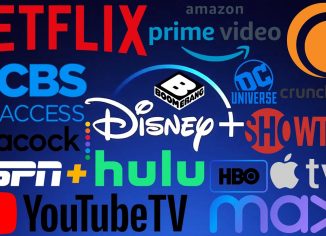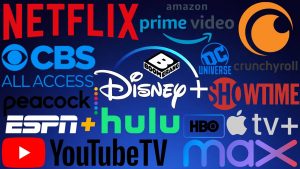

With Disney+ hitting more than 86,000 subs (and predict it could reach 260,000 by 2024), Discovery+ about to bow, and Warner announcing its feature films will debut on HBOMax and big screens simultaneously, we’ve finally reached the tipping point in the content world where streaming has drowned out traditional broadcasting and cable.
Disney CEO Bob Chapek said, “Disney+ has exceeded our wildest expectations.” So much so that they are raising their subscription price by $1.00 a month. And along with that will come some great new movies and shows from the world of Marvel, The Star Wars franchise and more. That’s a good thing.
And now that NBC has soared with Peacock, they’ve announced they’re. going to allow local inventory on OTT offerings. The idea that traditional TV would probably be the place to see big events, news, and sports, seems to be fading fast, as more and more streaming services offer live content.
As an example, CNN’s “Reliable Sources” reports about ABC News, that. “during this election season, nearly four million of Hulu’s SVOD subscribers engaged with election coverage through ABC News Live,” and that they “plan to expand our partnership with ABC News to include new original content that will live exclusively on Hulu”
And CNN also reported that the company’s direct-to-consumer offerings, which include Disney+, Hulu, ESPN+ and Hotstar, has more than 137 million subscriptions globally. Disney also added that the Disney+ service will launch in more markets next year including South Korea, Eastern Europe and Hong Kong. That blows away that annoying Geo blocking if you live anywhere other than the states.
And the Warner move to stream big movies first, even though it’s rattled Hollywood with fears about how to deal with new compensation models, has without a doubt changed the game forever (even though they say it’s only going to last through 2021…don’t bet in it).
The media world is changing rapidly, and it’s affecting all aspects of the business. As these big companies move their business models to concentrate on streaming, they’ve also been tweaking their staffing, consolidating bloated departments, and laying off lots of powerful employees.
The global pandemic, without doubt, caused this disruption to accelerate as the need to create video venues for home use increased. Some say that streamlining the back office will allow them to put more on the screen. But the companies behind all of this aren’t just thinking about now, they’re looking further down the river into an ocean of change to come.